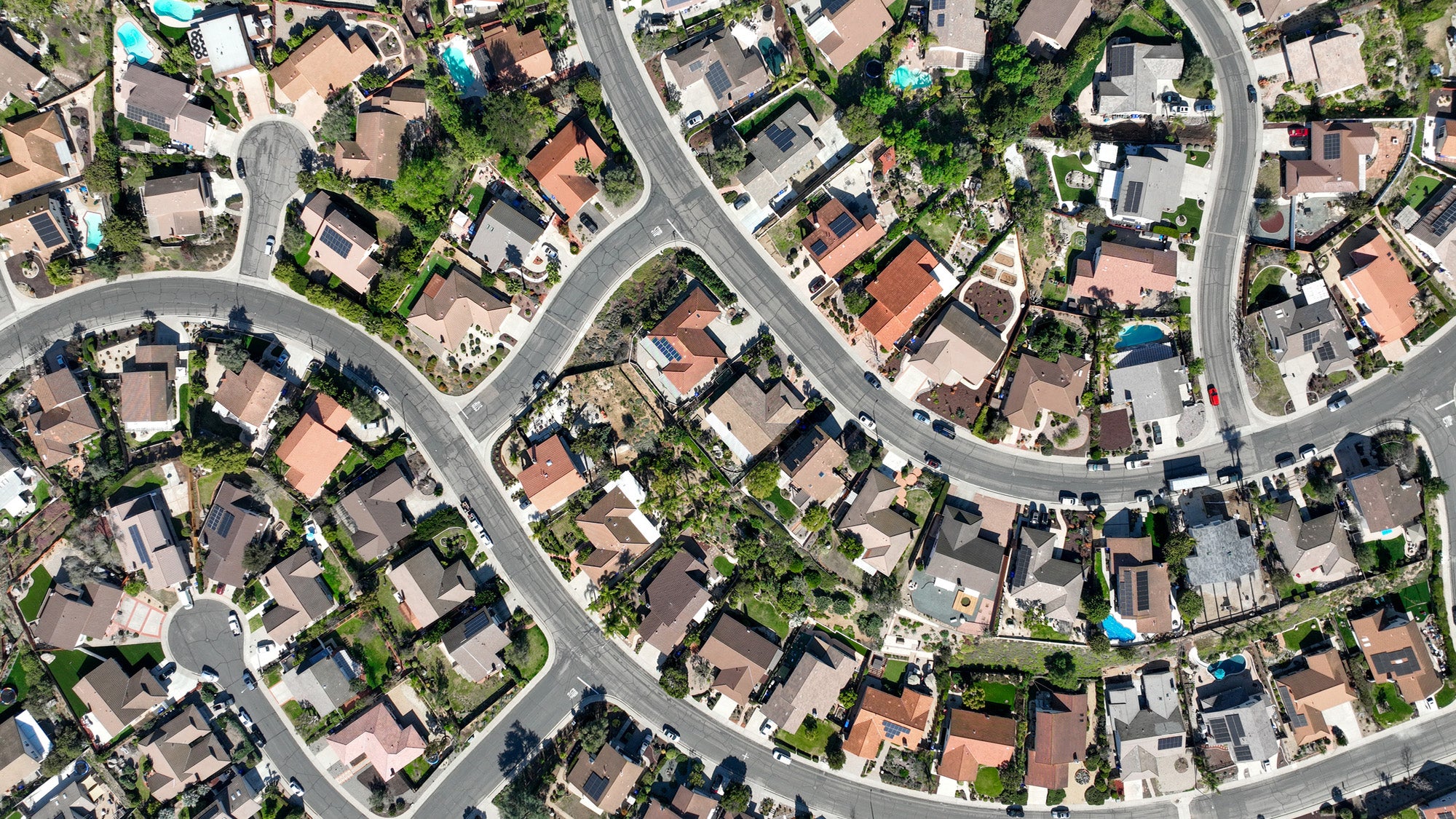Nearly a quarter of the U.S. population is likely exposed to high radon concentrations linked with cancer risks, according to a new study co-authored by Harvard T.H. Chan School of Public Health experts.
The study was published Jan. 14 in Proceedings of the National Academy of Sciences and was featured in a Jan. 21 article in Phys.org. It was led by former Harvard Chan postdoctoral researcher Longxiang Li, now a professor at Emory University. Other Harvard Chan co-authors included Brent Coull, Carolina Zilli Vieira, and Petros Koutrakis.
Radon gas pollution is the second leading cause of lung cancer in the U.S. and has also been linked to breast cancer, stroke, and stomach cancer. Radon gas, produced by natural radioactive decay processes in underground uranium, can migrate upwards into buildings.
Previous efforts to map radon levels and to identify communities most at risk have been based on scant data. To learn more, researchers put together a national database that included millions of radon measurements from 2001 to 2021, and they used predictive modeling to map radon exposures across communities in the lower 48 states.
The study found that nearly 25% of the U.S. population—more than 83 million people—may be exposed to radon concentrations at or above 148 Bq/m3, which are considered dangerous. (Bq/m3 refers to becquerels per cubic meter, which is how radon concentrations are usually measured. One becquerel is equal to one radioactive decay per second.)
The highest radon concentrations were found in much of South Dakota, North Dakota, Nebraska, parts of Iowa, eastern Pennsylvania and central Ohio. But even people in low-radon zones may be exposed to high radon levels at certain times, the study found. During winter, for example, when ventilation is reduced while homes are heated, radon gas can seep into basements through cracks in the foundation or walls and become concentrated indoors. Other factors that can cause radon levels to tick up include uranium content in soil (the primary driver of radon prevalence), high-permeability soils, and shallow bedrock.
According to the authors, the new model outlined in the study could help inform building codes in certain communities, increase homeowners’ efforts to prevent radon entry, and help assess residential radon exposure in studies about the health impacts of the gas.
Read the Phys.org article: Improved radon gas mapping finds nearly 25% of Americans living in highest risk areas











